Sangiovese is a red wine grape variety, originating from Tuscany, Italy, known since the times of the Roman Empire. The name Sangiovese is derived from the Latin sanguis jovis, which in translation means the "blood of Jupiter".
In Italy, this variety takes up about 10% of all plantations and the annual yield comes out to half a million tons of grapes. Sangiovese is grown in France, the US, Argentina, Romania, South Africa, Australia, Mexico and other wine countries.
Sangiovese grows relatively well in different types of soil but limestone stresses its elegance and the power of its flavors. In the Chianti region, it grows in loose shale-clay soils. The variety sprouts early, blooms late and ripens quite slowly. It is harvested at the end of October, and the rains in the region create a very real danger of spoiling due to the incredibly thin skin of the grapes.
Warm years yield full-bodied wines with a high alcohol percentage and potential, while cold ones cause problems with high acids and hard tannins. The fertility of this variety is notorious and yields need to be monitored constantly.
Sangiovese Around the World
As mentioned, Sangiovese is the most common red grape variety in Italy, taking up an area of over 100 000 ha. Like other red grape varieties from France and Italy, Sangiovese was also brought to North and South America by waves of immigrants. In South America, the sort is most common in Argentina.
In the US, Sangiovese is most prevalent in Californian vineyards, but either way it has a symbolic role. The variety is gaining serious popularity in Australia.
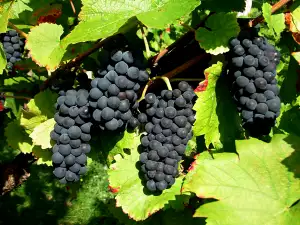
History of Sangiovese
It is believed that Sangiovese was well known to the Etruscans. DNA research published in 2007 shows its parents to be Ciliegiolo and Calabrese Montenuovo. The former is an ancient variety well known in Tuscany, while the latter is an almost extinct variety from Calabria. Sangiovese was mentioned in written sources for the first time relatively late - in 1722.
Characteristics of Sangiovese
The wines produced from Sangiovese vary depending on the place where the grapes were grown, how they were grown and which of the branches were used. Wines from this variety are characterized by high acidity, medium alcohol levels and medium to high tannins. These wines do not have a very rich color and a slight orange nuance can be seen around the edges of the wine.
Typical of Sangiovese wines are the earthly tones and unobtrusive fruity taste. They are rarely aged over 10 years. Sangiovese Piccolo and Sangiovese Grosso are the most popular varieties. These 2 varieties are true to their names - Piccolo and Grosso in Italian mean small and large, respectively, pertaining to the size of the grape clusters.
One of the best favored Sangiovese Grosso is Brunello, which in translation means little and dark. Brunello owes its name to the dark brown color of grape skins. They are used to make Brunello di Montalcino, known for its own extraordinary potential for aging.
Sangiovese is the main variety used in the production of the remarkable Tuscan Chianti wines, but even so, to attain DOC status, it needs to be blended with other varieties, including white wines. DOC status means Denominazione di origine controllata, equivalent to a protected designation of origin. The wines must always come from a named province, region, populated area or vineyard area and be produced from specific grape varieties.
The percentage of Sangiovese was increased in 1984 from 80 to 90%, and today is even 100%. The usual varieties used in the blends are Cabernet Sauvignon and Cabernet Franc. The presence of these varieties contributes to the formation of structure and complexity to the wine, as well as a better potential for aging.
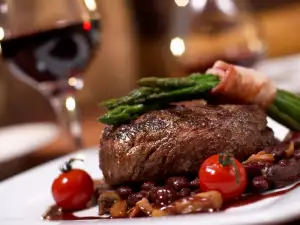
To sum it up, wines of the Sangiovese variety have different characteristics - even the highest-quality ones are not very dark colored but are always rich in tannins and with quite high acidity. They are strong but elegant at the same time, with a slightly bitter finish.
Serving Sangiovese
As one of the finest representatives of red wine, Sangiovese combine excellently with tender steaks, roasted fowl and game, rich chicken dishes, mushroom dishes or ones with tomato sauce. In general, wines from Sangiovese are universal when it comes to combining them with food.
This is due to the high acidity and moderate alcohol percentage. One of the classical pairings of Italian cuisine are tomato-based pizzas and pastas served with Chianti, based on Sangiovese.
Spices, such as basil, thyme and salvia, go superbly with the earthly tones found in Sangiovese grapes. The wine can sharpen some flavors in relatively boring dishes, such as a plain oven baked steak or baked chicken. Aside from oven baked dishes, the wine is a delightful addition to smoked foods.
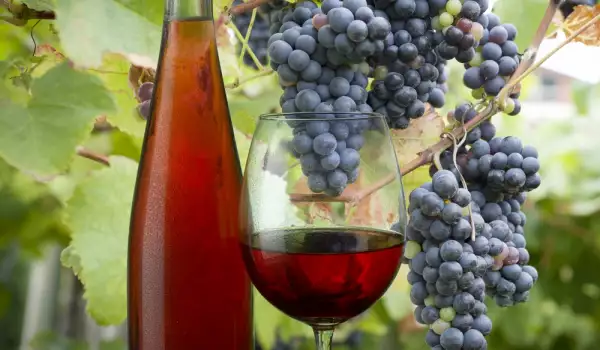


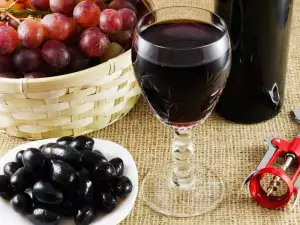
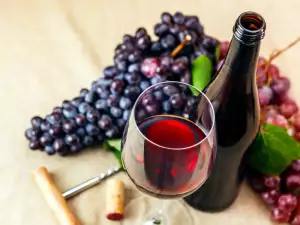


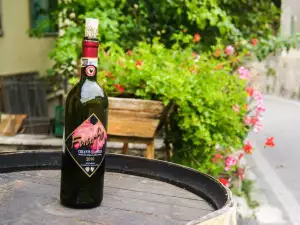
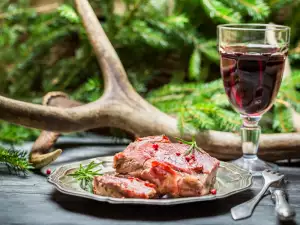
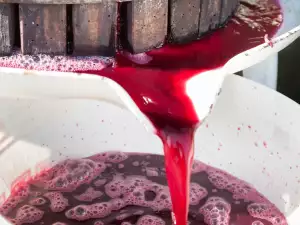
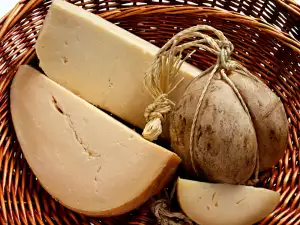
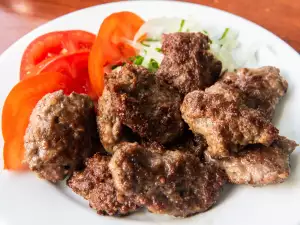
Comments